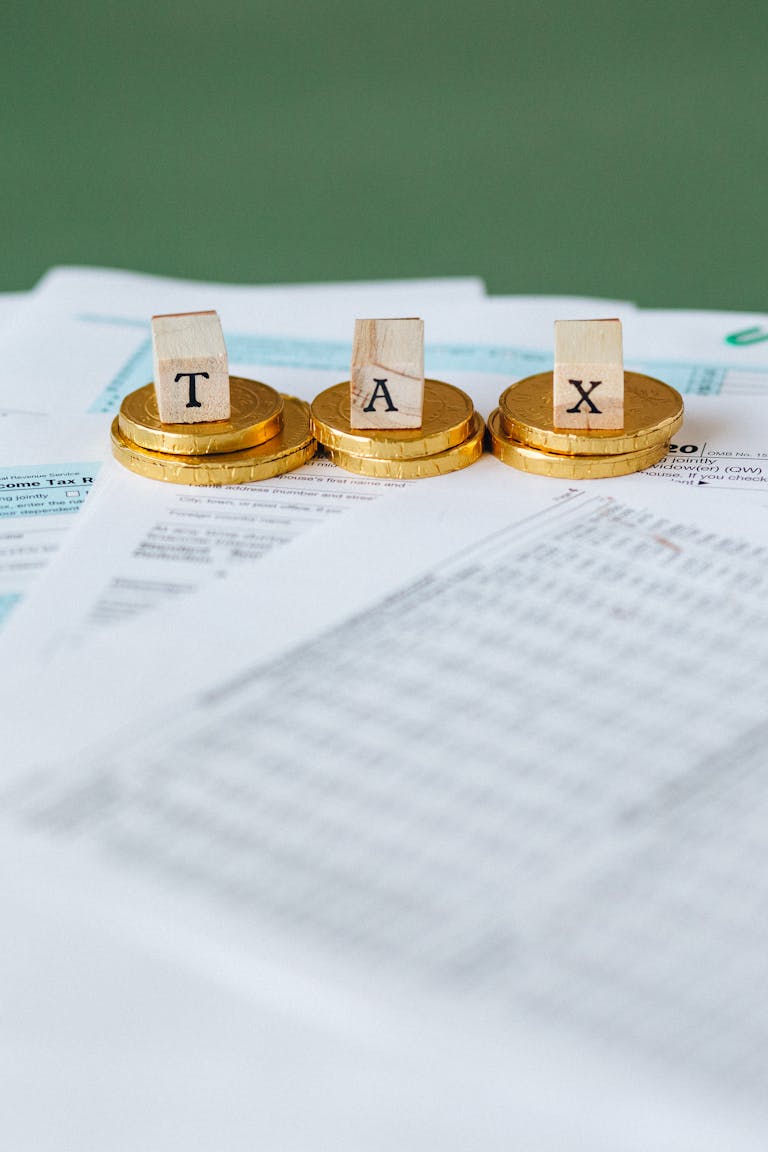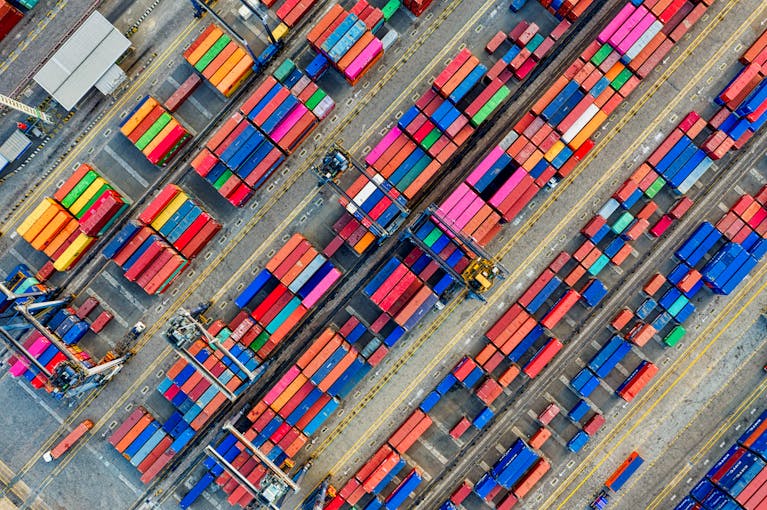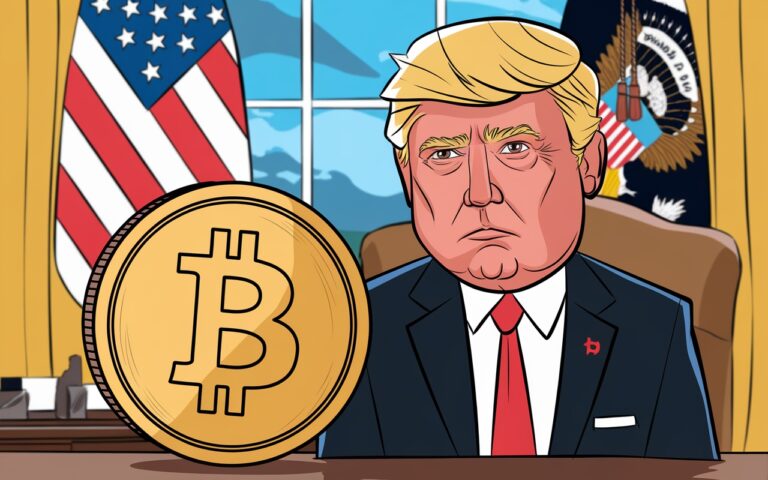Australia’s Crypto Policy: Why the Government Isn’t Following the U.S. Lead on Digital Asset Reserves

While the United States is making waves with its announcement of a strategic crypto reserve, Australia is taking a very different approach. The Albanese government has made it clear that it has no plans to stockpile cryptocurrencies such as Bitcoin, Ether, Solana, Cardano, and XRP—despite growing global momentum toward digital asset adoption at the state and federal levels.
Instead, Australia is focusing on regulating digital asset platforms, emphasizing financial stability over national crypto holdings. But with a federal election looming and the global financial landscape shifting, could we see a change in strategy in the near future?
In this article, we’ll break down:
- The U.S. crypto reserve announcement and why Australia isn’t following suit
- Australia’s current stance on cryptocurrency regulation
- The potential future of a crypto-backed sovereign wealth fund
- What this means for Australian investors and the broader crypto market
The U.S. Crypto Reserve and Australia’s Response
On March 2, 2025, U.S. President Donald Trump announced that the President’s Working Group on Digital Assets would be including major cryptocurrencies in a newly established crypto strategic reserve. This initiative aims to position the U.S. as a leader in digital asset adoption, signaling institutional confidence in crypto as a legitimate store of value.
The move is significant because it suggests that crypto could play a role in national economic security, potentially as a hedge against fiat currency instability or inflation. Some U.S. states have also expressed interest in adding crypto to their balance sheets, further strengthening this trend.
However, in Australia, the government’s response has been decidedly cautious. A spokesperson for Australian Assistant Treasurer and Financial Services Minister Stephen Jones confirmed that there are no current plans to establish a strategic crypto reserve. Instead, the Albanese government is focused on regulatory frameworks aimed at improving oversight and consumer protection in the crypto industry.
Australia’s Current Approach to Crypto Regulation
Rather than following the U.S. model of government-backed crypto holdings, Australia has prioritized regulatory clarity for the digital asset industry. The government has been working on a fit-for-purpose digital asset regulatory regime, which includes:
- Licensing requirements for crypto exchanges to improve consumer protection.
- Classifying certain digital assets as financial products, which would bring them under stricter regulatory oversight.
- Stronger anti-money laundering (AML) measures, with Australia’s Transaction Reports and Analysis Center (AUSTRAC) shifting its focus to crypto firms in 2025.
- Tax clarity for crypto investors, ensuring fair reporting requirements for capital gains on digital assets.
The government acknowledges that blockchain technology presents significant opportunities for the economy, but it remains hesitant to directly hold digital assets in national reserves.
Could a Crypto-Backed Sovereign Wealth Fund Be the Future?
Despite the government’s reluctance to establish a crypto reserve, some industry leaders believe that a crypto-backed sovereign wealth fund could be a more viable long-term approach. Tom Matthews, head of corporate affairs at Australian crypto exchange Swyftx, pointed out that while the idea of a reserve is popular, it also comes with complexity and risk.
One major challenge is price volatility. Unlike traditional reserves such as gold, which has a relatively stable store of value, crypto markets are known for extreme fluctuations. If a government were to hold large amounts of Bitcoin, Ether, or other digital assets, it would need a clear strategy to hedge against downside risk.
A possible alternative? A long-only sovereign wealth fund that holds crypto alongside traditional assets. This would allow the government to gain exposure to digital assets without the risks of an outright reserve strategy.
Kraken’s managing director for Australia, Jonathon Miller, noted that crypto has already been recognized as an investment-grade asset by institutional players. With ETFs for Bitcoin and Ethereum gaining traction, and superannuation funds showing interest in digital assets, the question isn’t if Australia will hold crypto—it’s when and how.
What This Means for Australian Investors
For Australian crypto investors, the government’s stance offers both pros and cons. On the one hand, regulation could provide much-needed clarity and protection for retail investors. On the other hand, Australia risks falling behind global competitors like the U.S. if it doesn’t adopt a more proactive approach.
Here’s what investors should watch:
1. Regulatory Changes in 2025
With a federal election approaching, a change in government could bring a policy shift toward greater crypto adoption. If the current center-right coalition wins, we could see a friendlier stance on crypto investment policies.
2. Increased Institutional Participation
Even without a formal government reserve, superannuation funds and sovereign wealth funds are gradually exploring crypto allocations. This could drive mainstream adoption, even if national reserves remain crypto-free.
3. Greater Oversight on Exchanges
Investors should prepare for stricter regulations on exchanges and platforms. While this may lead to more compliance hurdles, it could also reduce scams and bad actors, improving the overall health of the market.
4. Potential for Crypto-Linked Sovereign Investments
If institutional demand continues to grow, the Australian Future Fund could become one of the first major sovereign funds to diversify into crypto assets. This would provide a more structured, risk-managed approach compared to direct government holdings.
Conclusion: A Missed Opportunity or a Smart Move?
The U.S. and Australia are taking vastly different approaches to cryptocurrency, with the former embracing digital assets in government reserves and the latter focusing on regulation. While this could signal a missed opportunity for Australia in terms of global competitiveness, it also reflects the government’s caution in navigating the risks of price volatility and concentration risk.
For Australian investors, the key takeaway is that crypto adoption is growing—just not at the government level (yet). Institutional investors, ETFs, and sovereign wealth funds are slowly incorporating digital assets into their portfolios, paving the way for broader acceptance. Whether Australia eventually follows the U.S. in creating a crypto reserve remains uncertain, but one thing is clear: crypto is here to stay.







